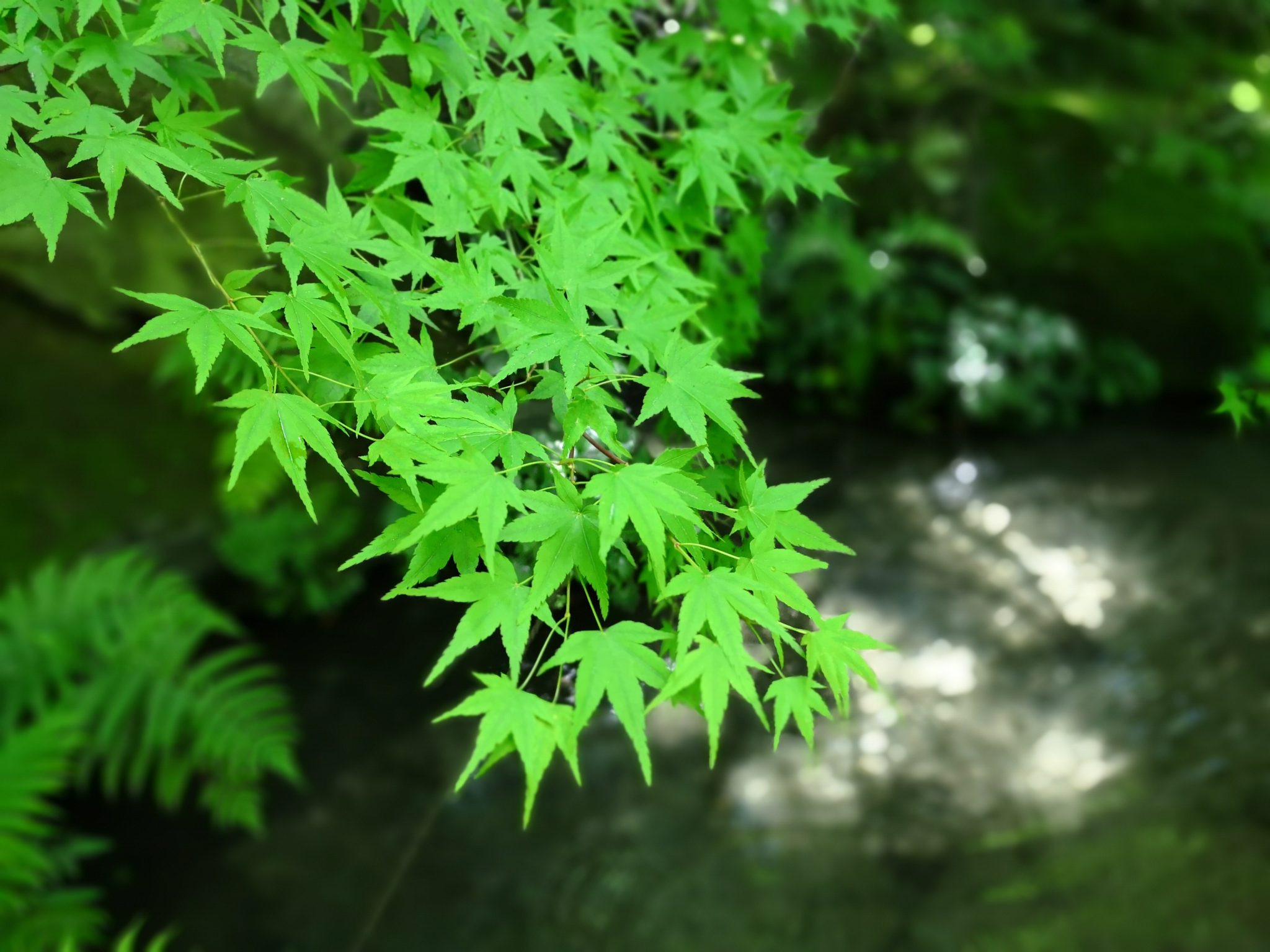
El Maple It is a tree, or shrub, that due to its characteristic palmate leaves, the autumnal color that they acquire, and the pleasant shade provided by its crown, has become one of the most popular plants in gardens and terraces in temperate regions. of the world.
Its ornamental value is so high that even if there is no land to plant it, many people try to grow it in pots ... with success.
Origin and characteristics of maple
Maples they are trees and shrubs, most of them deciduous, belonging to the genus Acer. There are about 160 accepted species of the 700 that have been described, and all of them are native to the northern hemisphere, except for some that grow in North Africa.
The leaves are opposite, with a palmately lobed shape in the vast majority of cases, although they can also be pinnate compound, pinnate pinnate, and without lobes. The flowers are grouped in racemes, corymbs or umbels, and are pentameric. The fruit is a bi-samara, that is, two samaras joined at the end of the seeds.
They bloom in late winter or early spring, before or after the leaves do, and they are very attractive to bees as they are a source of pollen and nectar.
Main species
The best known are:
Acer buergerianum
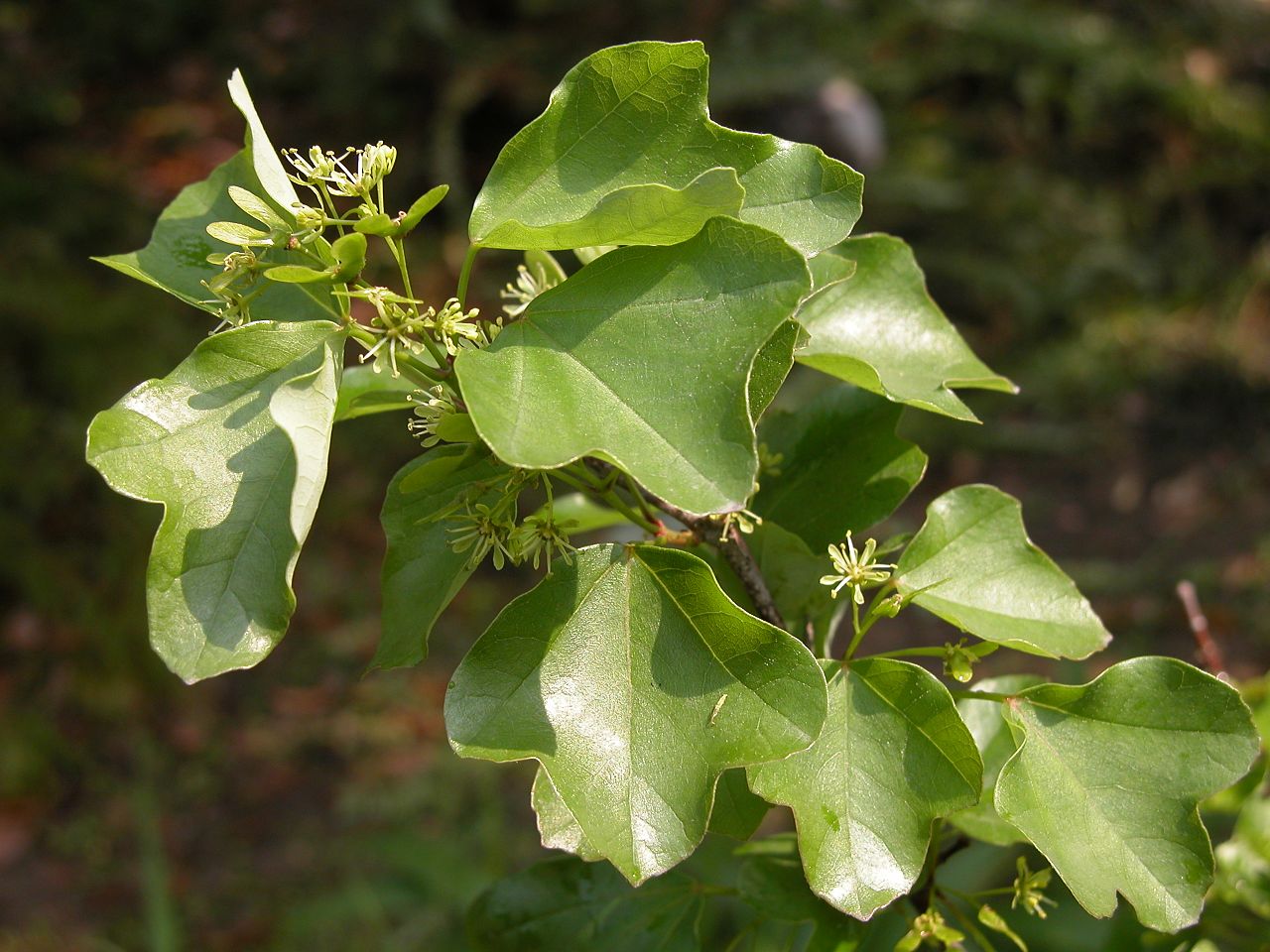
Image - Wikimedia / 胡 維新 老師
Known as trident maple, is a deciduous tree native to China, Japan and Taiwan that reaches a height of up to 10 meters. Its leaves are trilobed, 3-10 x 4-6cm, green in spring and summer, and reddish in autumn.
Resists up to -18ºC.
country maple
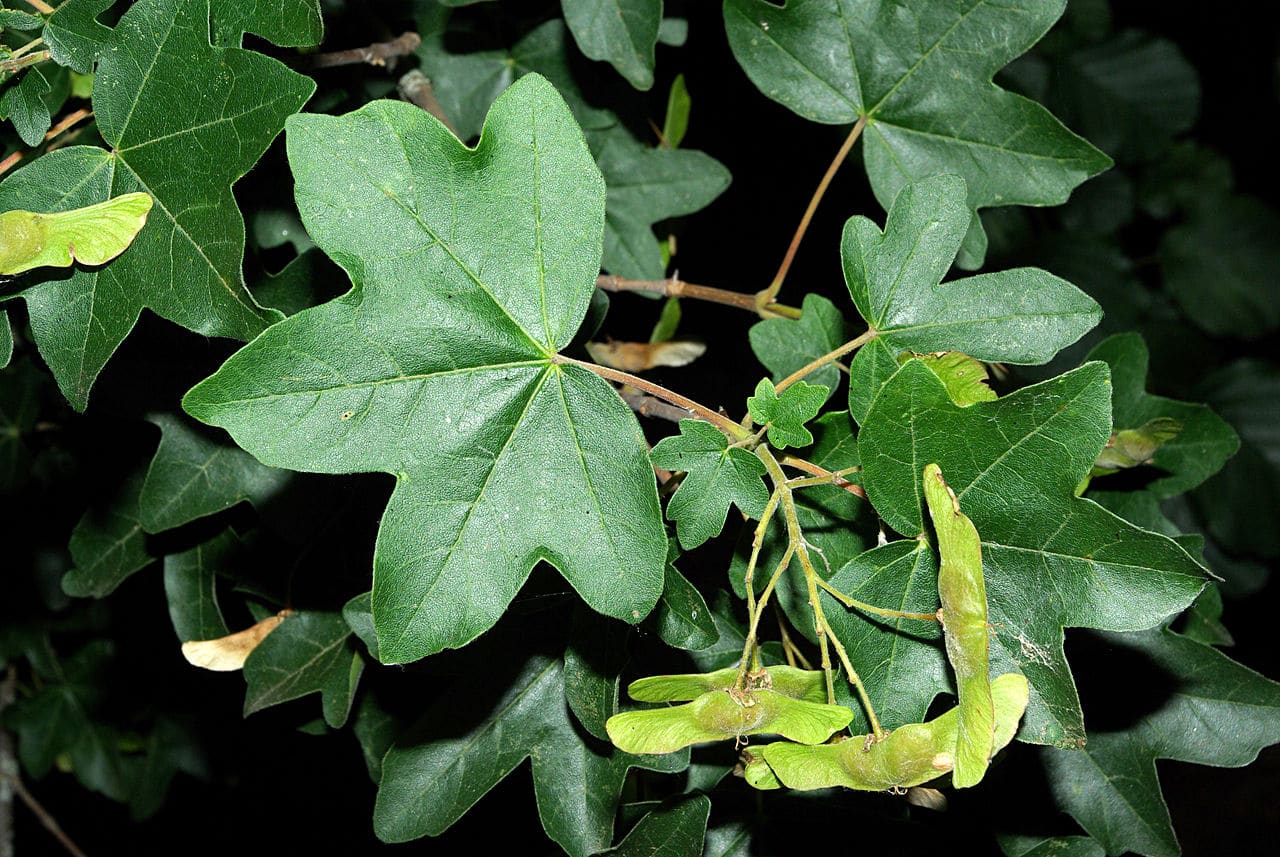
Image - Wikimedia / David Perez
Known as country maple, alciro, bordo or minor maple, is a deciduous tree that we find in Europe, Algeria, Asia Minor and Persia. Reaches a height of 7 to 10 meters. Its leaves are palmately lobed, acquiring a star shape, and are green except in autumn when they turn yellow.
Resists up to -18ºC.
Acer freemanii
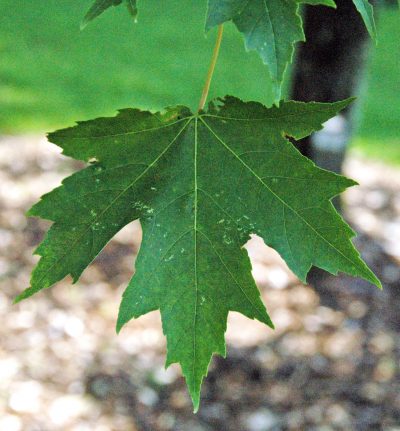
Image - Flickr / James St. John
El acer x freemanii it is a hybrid between Acer y Acer saccharinum. It is a medium-sized deciduous tree, growing between 6 and 16 meters, with green leaves which turn reddish in autumn.
Resists up to -18ºC.
Acer monspessulanum
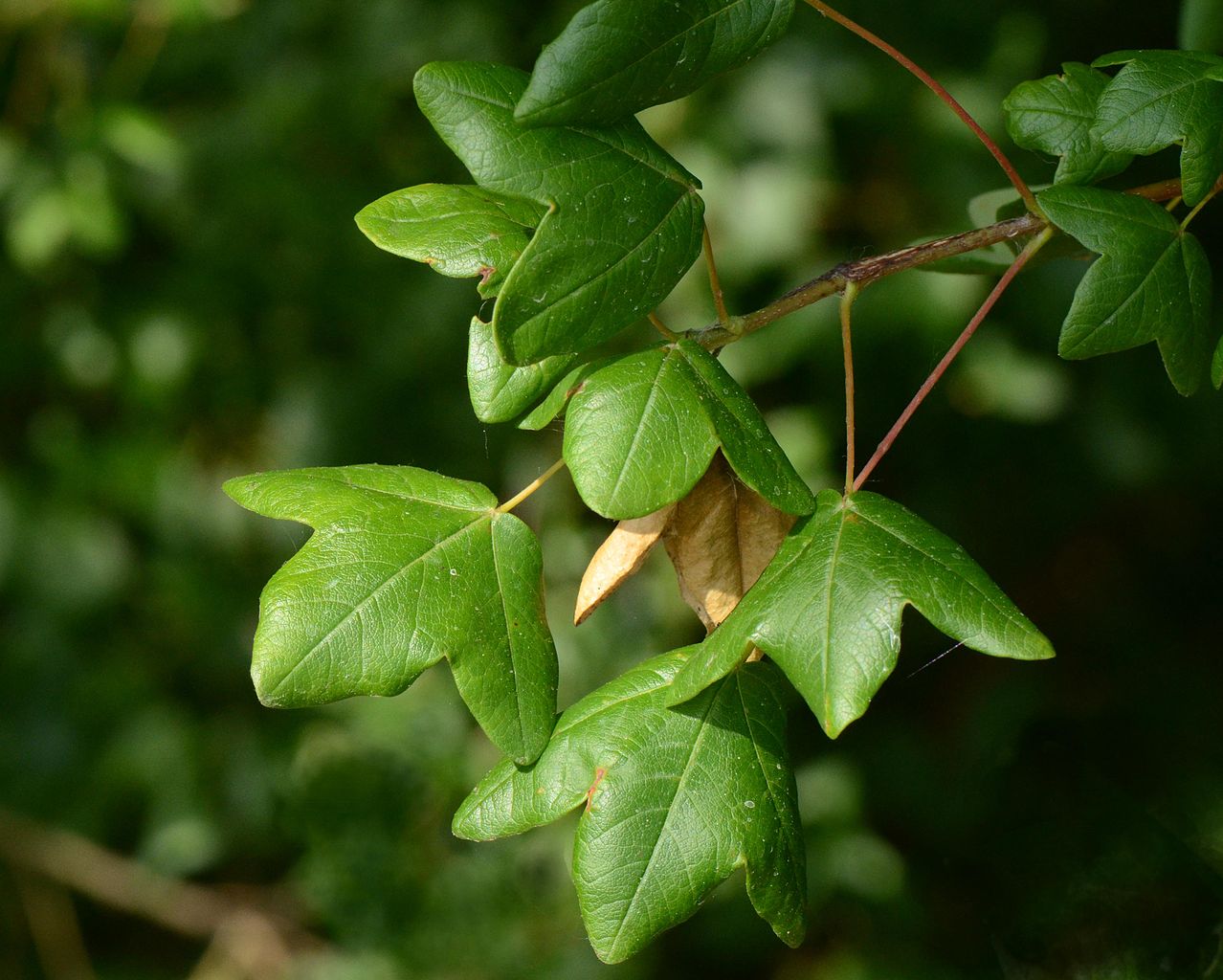
Image - Wikimedia /
pancrat
Known as Montpellier maple, mundillo or enguelgue, is a deciduous tree native to the Mediterranean region. It reaches a maximum height of 20 meters, and develops trilobed leaves that turn red in autumn.
Resists up to -18ºC.
acer negundo

Image - Wikimedia / Joe Decruyenaere
Known as maple negundo, negundo or acezintle, it is a deciduous tree native to North America that reaches a height of 25 meters. The leaves are pinnate, composed of 3, 5 or 7 green leaflets. In autumn they turn yellow before falling.
Resists up to -18ºC.
acer opalus
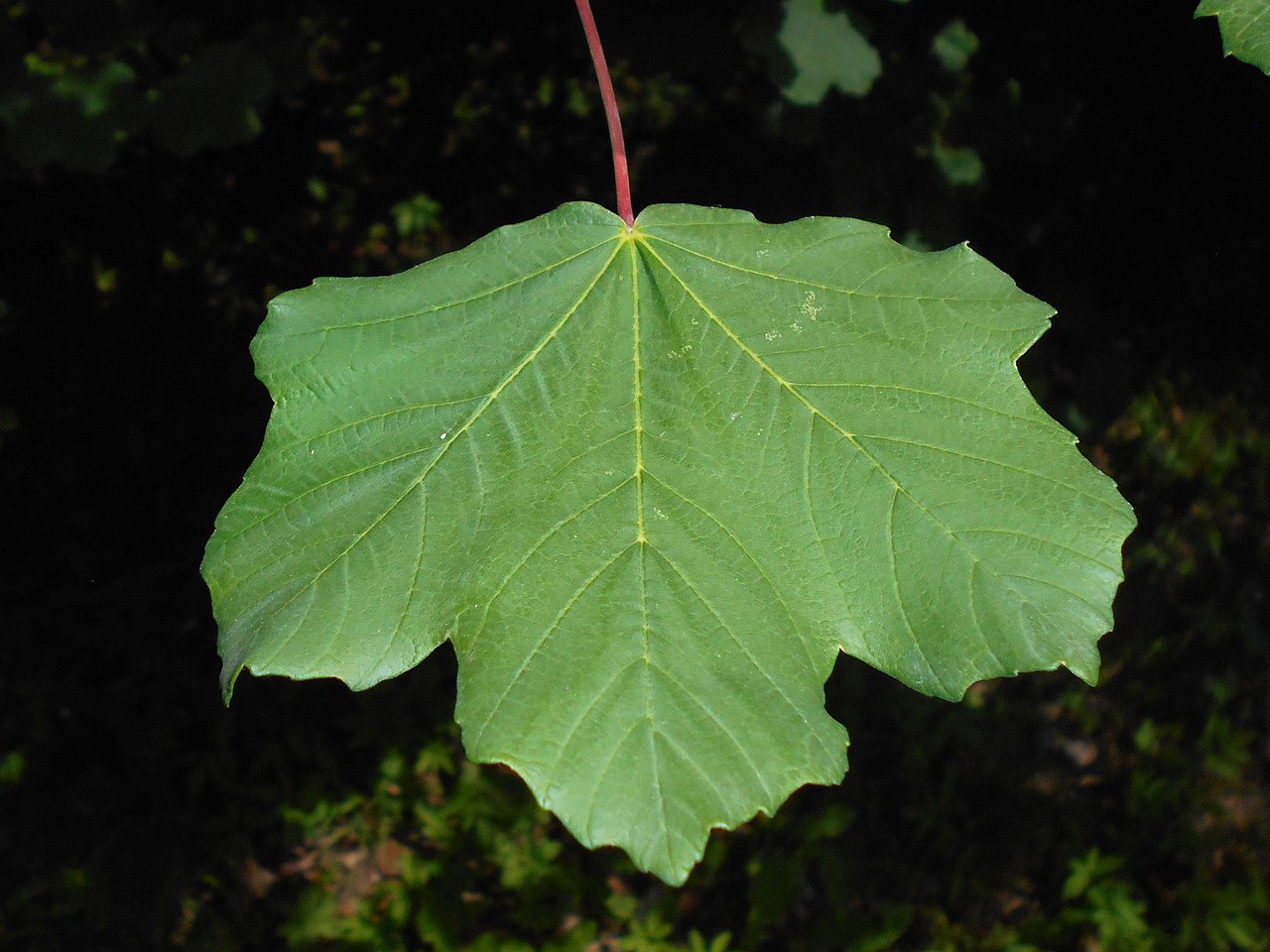
Image - Wikimedia / Salicyna
Known as oron or asar, is a deciduous tree native to the mountainous regions of southern and western Europe and northwestern Africa. It can reach a maximum height of 20 meters, and its leaves are palmately lobed, green in color, turning yellow in autumn before falling.
Resists up to -18ºC.
Acer garnatense
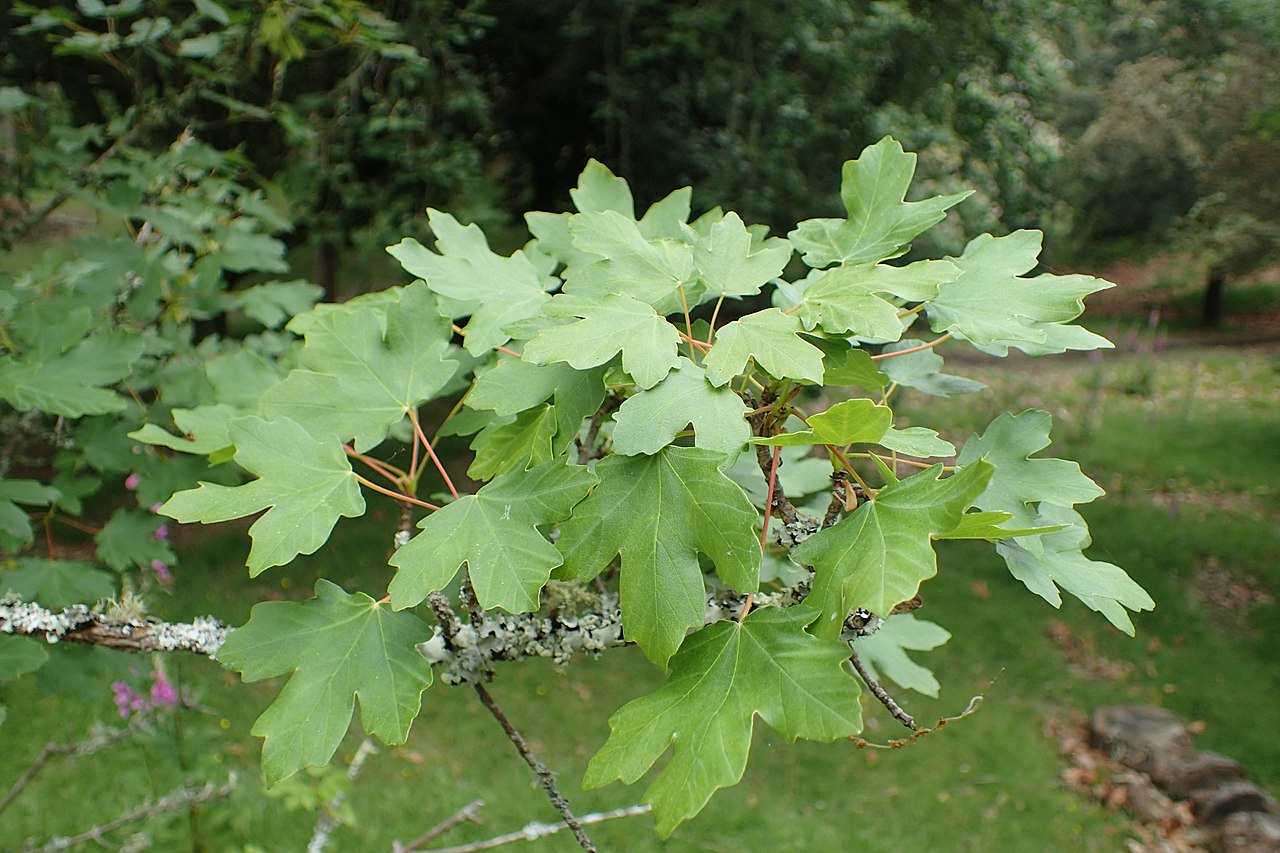
Image - Wikimedia / Krzysztof Ziarnek, Kenraiz
His scientific name is Acer opalus subsp garnatense, and it is a deciduous shrub endemic to North Africa, the north of the island of Mallorca and in the southeast of the Iberian Peninsula. Reaches a height of about 5-6 meters, and its leaves are palmate, less green in autumn than they turn yellowish.
Resists up to -12ºC.
Acer palmatum
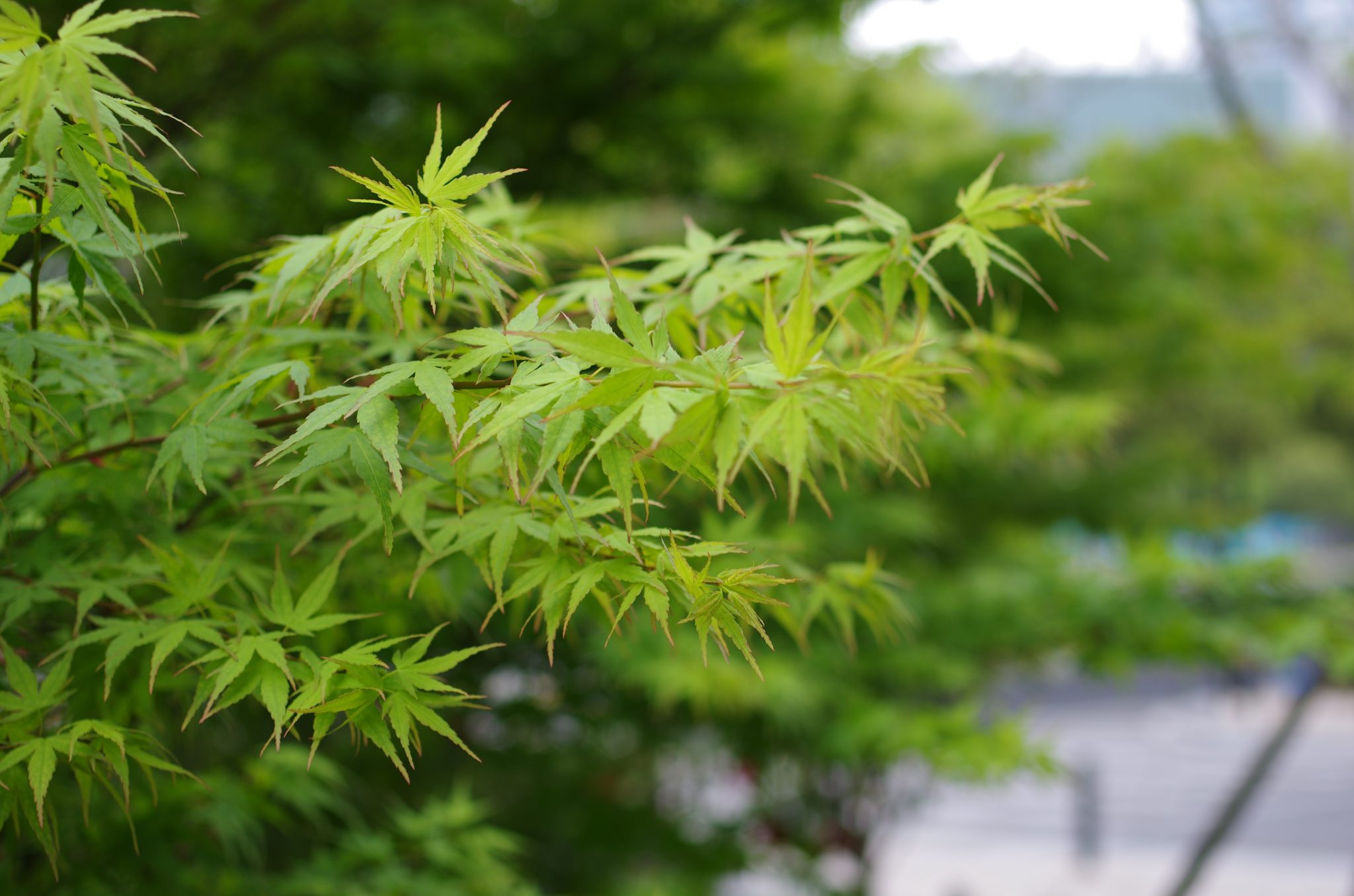
Known as japanese maple, Japanese palm maple, Japanese palm maple or polymorphic maple, is a tree or shrub native to Japan and South Korea that reaches a height of between 6 and 10 meters, rarely 16m. The leaves are palmately lobed, purple-red in spring, greener in summer, and purplish-red in autumn.
There are three subspecies and thousands of cultivars, of different sizes and colors, although fortunately all of them resist up to -18ºC.
Acer platanoides

Known as real maple, Norwegian maple, platanoid maple or Norway maple, is a tree native to Europe, the Caucasus and Asia Minor. It can reach a height of 35 meters, but the normal thing is that it exceeds 25m. The leaves are palmate and serrated, green in color although they turn yellowish or purple (depending on the variety or cultivar) in autumn.
Resists up to -18ºC.
Acer pseudoplatanus
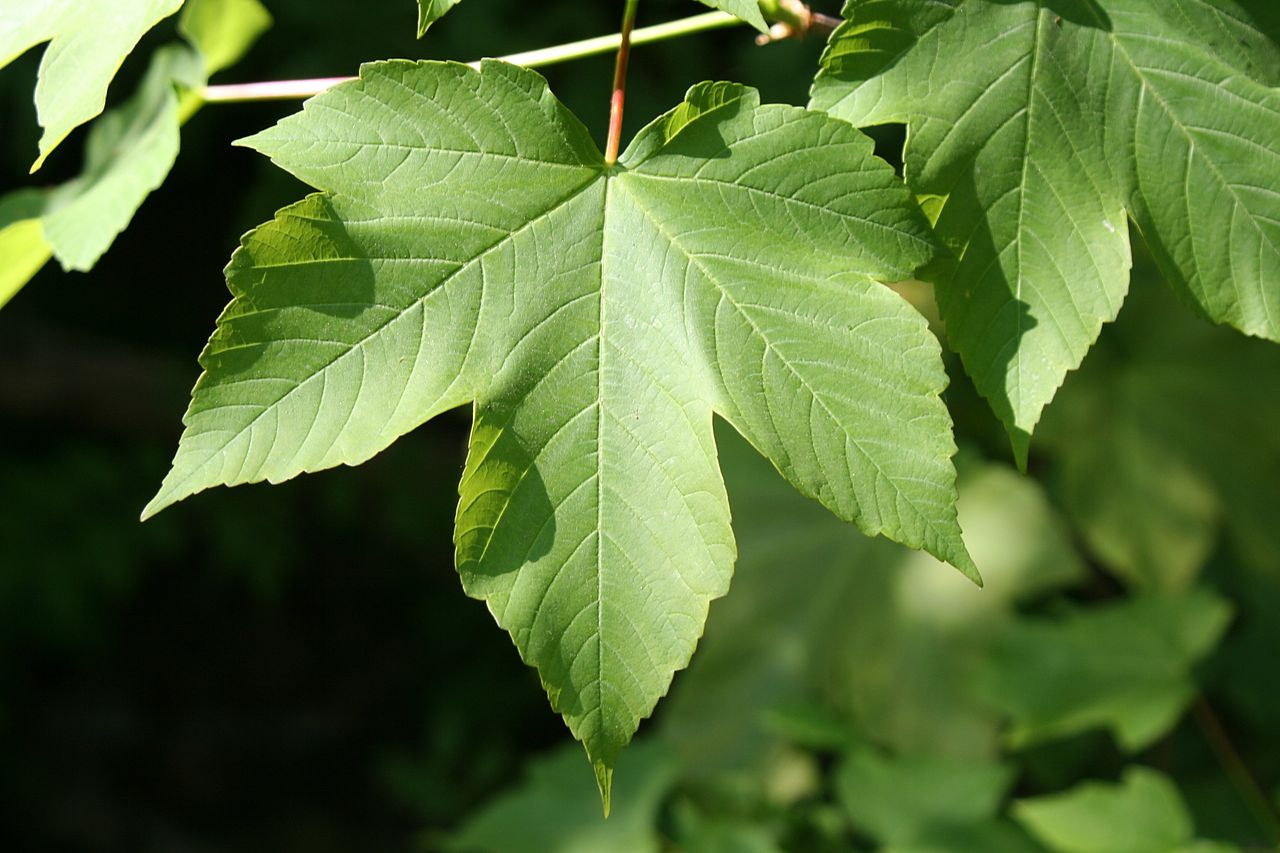
Image - Wikimedia / Rosenzweig
Known as white maple, fake banana or sycamore maple, is a deciduous tree native to central and southern Europe, and southwestern Asia. It can reach a height of up to 30 meters, and develops palm-lobed green leaves. During the fall it turns yellowish or reddish.
Resists up to -18ºC.
Acer

Image - Flickr / FD Richards
Known as red maple, American red maple, Virginia maple or Canada maple, is a deciduous tree native to eastern North America. It reaches a height of between 20 and 40 meters, and its leaves are tri-lobed, red in autumn.
Resists up to -18ºC.
Acer saccharinum
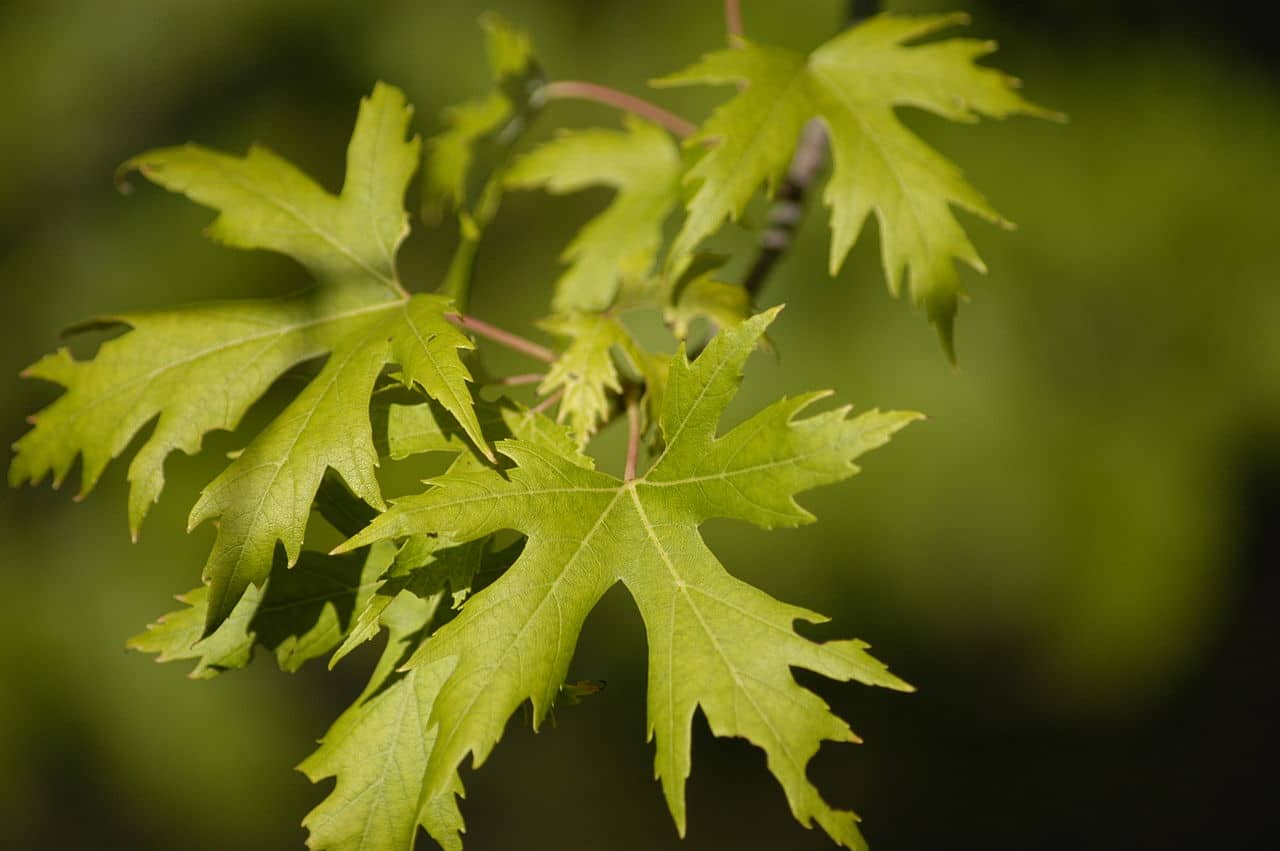
Image - Wikimedia / Simon Eugster
Known as sugar maple, Canada maple, saccharine maple, silver maple, or American white maple, it is a deciduous tree native to the eastern United States and southeastern Canada. Reaches a height of 20 to 30 meters, being able to reach 40 meters. The leaves are palmate, reddish or yellowish in autumn.
Resists up to -18ºC.
Acer
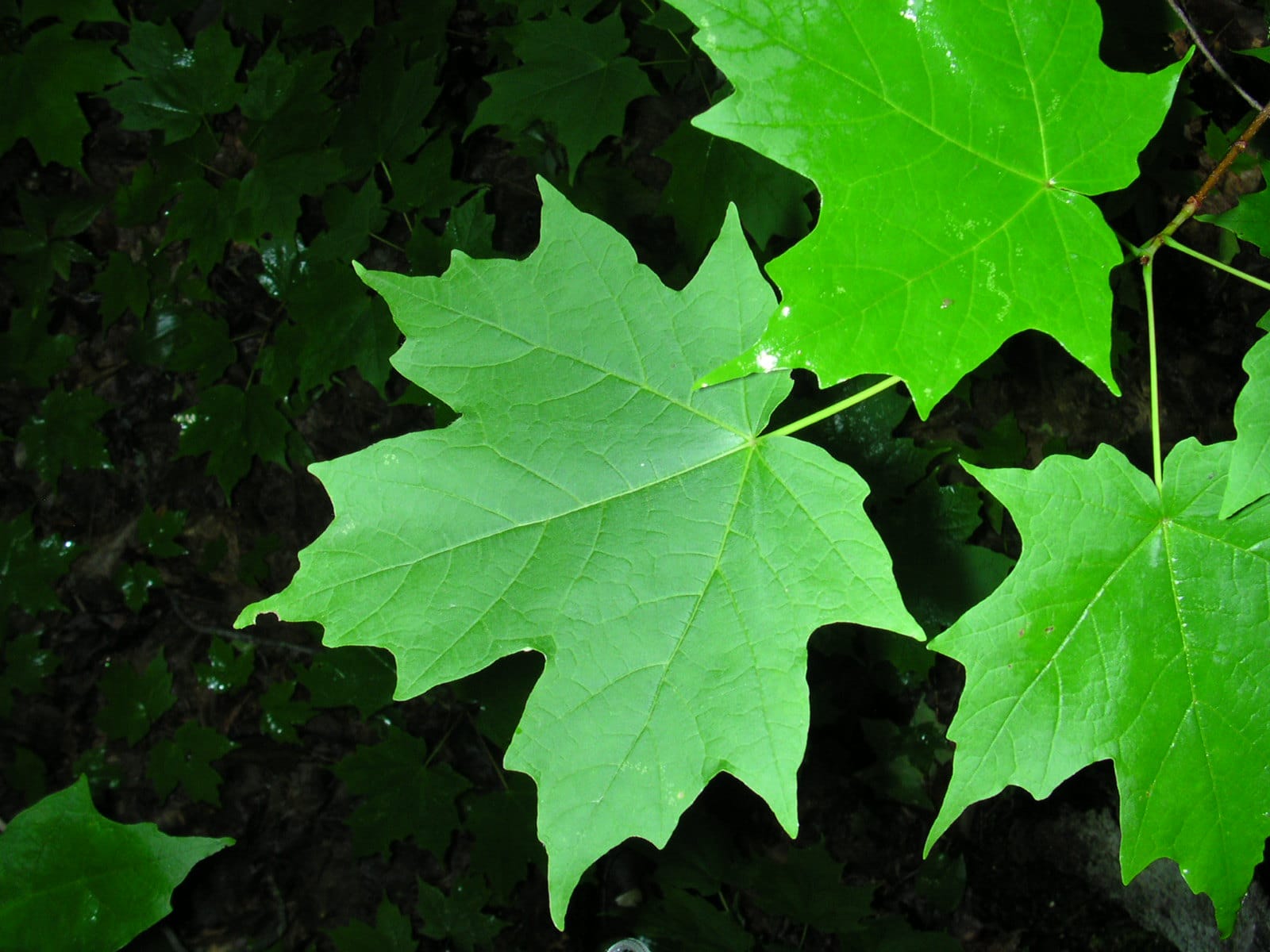
Image - Flickr / Superior National Forest
Known as sugar maple, is a tree native to the eastern United States that reaches a height of up to 20 meters. The leaves are palmately lobed, green for a good part of the year, except in autumn when they turn yellow before falling.
Resists up to -18ºC.
What uses are given to maples?
They are plants with various uses:
Ornamental
These trees and shrubs look great in gardens and on terraces, as long as the weather is mild. They are often used as isolated specimens, although they are also seen in alignments, for example, in tall hedges. In addition, there are certain species, such as the Acer palmatum, which is highly appreciated in the bonsai world.
Culinary
With the sap extracted from the Acer and the Acer saccharinum (to a lesser extent also of Acer) maple syrup is produced, which is used to make candies.
Wood
The wood is can use to make baseball bats, indoor furniture, and the like.
National symbol
We can see a maple leaf on the Canada's flagspecifically that of Acer.
What is the care of maple?
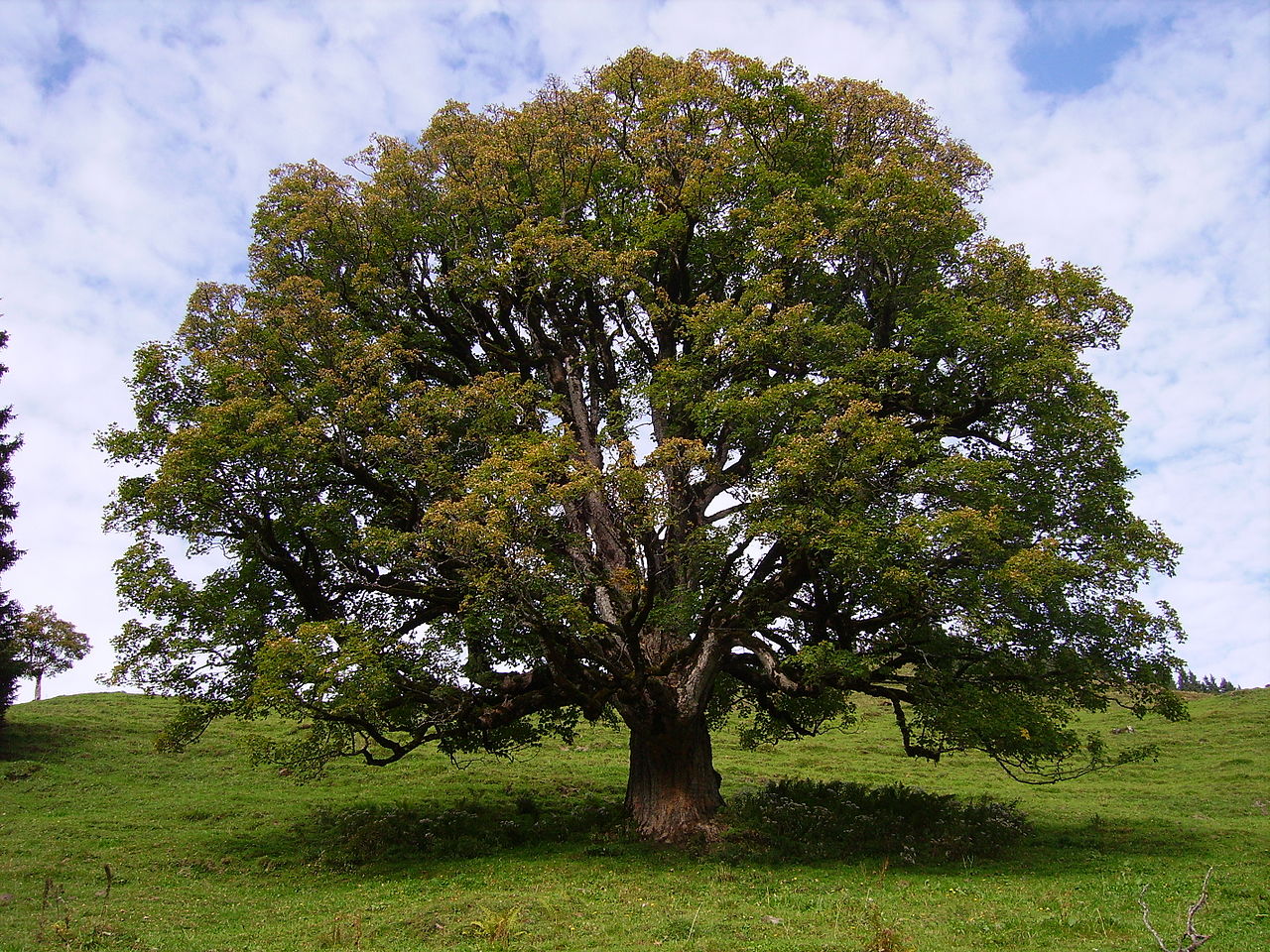
Image - Wikimedia / MurielBendel
If you dare to have a copy, we recommend that you provide it with the following care:
Location
They are plants that must be abroadas they need to feel the passing of the seasons. Place in semi-shade.
Earth
- Garden: the vast majority grow in acidic or slightly acidic soils, but the Acer opalus subsp. garnet prefers calcareous soils, and all require soils rich in organic matter and with good drainage.
- Flower pot: fill with substrate for acidic plants (except if the Acer opalus subsp. garnet, in which case it will be better to use universal substrate).
Irrigation
They do not resist drought. During the summer, and depending on the weather, they may need 3 or 4 waterings a week, and the rest of the year about 2 a week. When in doubt, do not hesitate to check the humidity of the soil, since excess water also hurts them.
Use rainwater or lime-free.
Subscriber
During the warm months must be paid with organic fertilizers, such as guano or mulch.
Pruning
They don't need itBut you can remove dry, diseased and weak branches in late winter.
Planting or transplanting time
En spring, when the risk of frost has passed.
If they are potted, transplant every 2-3 years.
Multiplication
Maples multiply by seeds in autumn-winter, cuttings in early spring and by layered in spring-summer.
Rusticity
Most resist frosts down to -18ºC, but cannot live in hot climates. At a minimum, they need the temperature to drop below 0 degrees in winter, but in that case, in order for them to take on that spectacular autumn color that we like so much, it will be preferable to grow them in pots with a mixture of 70% akadama + 30% kiryuzuna, and protect them. of the sun.
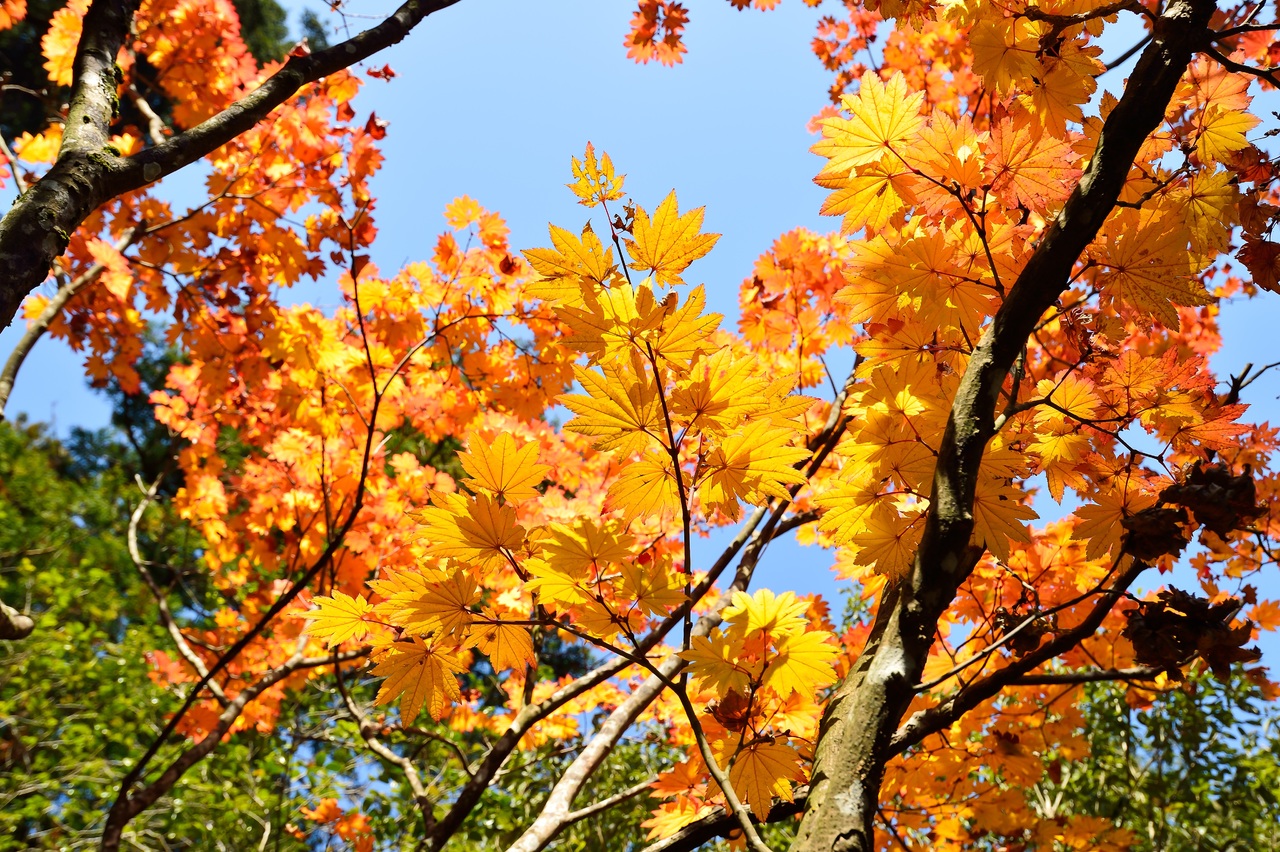
What did you think of the maple? Do you have any?
It's a question: Are Maple roots invasive? At what distance from walls and / or pipes should they be located?
Hi Javier.
It depends on the species, there are some trees that need more space than others. For example, a Acer pseudoplatanus With its 30 meters or more in height, it should be planted at a distance of ten meters from pipes and others. But a acer opalus, it will suffice that it is planted at about 5 meters, or even less.
Greetings.
The acer palmatum can be placed near a dividing wall?
Hello Alejandro.
It doesn't have invasive roots, so don't worry about it.
But it does have to be in the shade. Here You have more information.
Greetings.